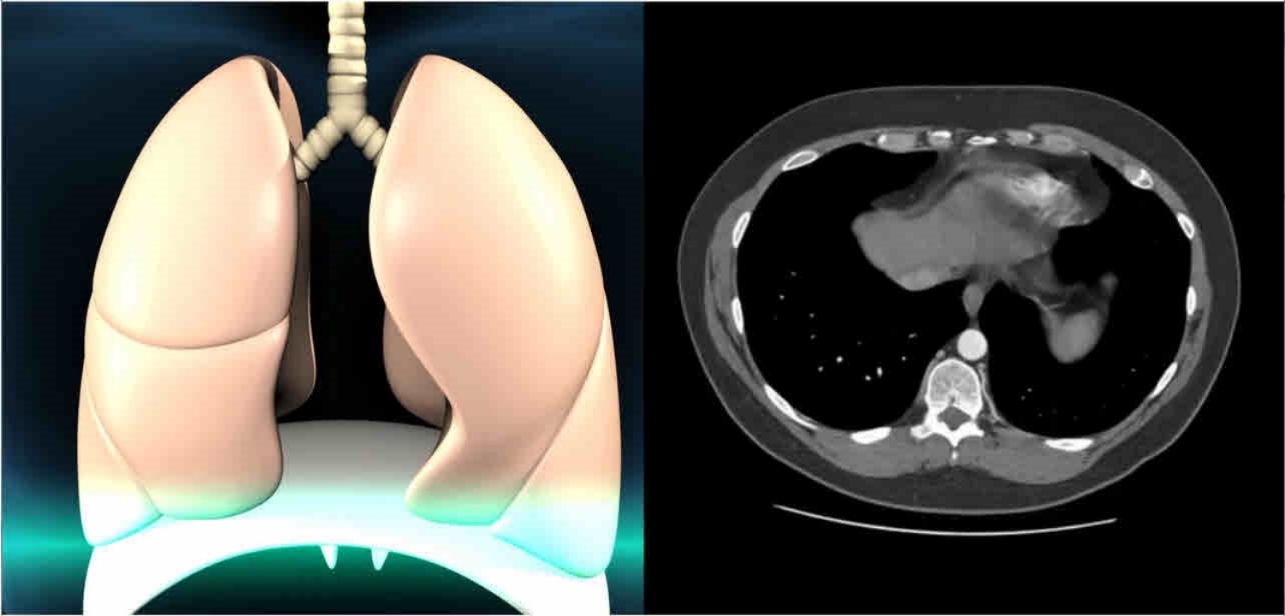Accessory Nerve Injury Caused by Lymph Node Biopsy
A 32 year old female patient was referred for surgical excision of an enlarged lymph node in her neck in the III region. The defendant surgeon undertook the procedure without providing a proper informed consent and also, during the surgery, inadequately protected the accessory nerve from trauma. The surgeon defended the case by contending that the standard of care did not dictate even locating the accessory nerve much less protecting it and that the injury was a "risk of the procedure". We were able to clearly show the anatomical location of the excision and relate it to the affected nerve so that the jury understood how close the nerve was to the surgical site and how easy it would have been for the surgeon to protect the nerve. The medical records, including those related to two post-surgical electrodiagnostic studies, established the immediate onset of signs and symptoms which established the causal connection between the departure and injury. Such also established the permanent and severe nature of the injury.
This diagram, highlighted in yellow, established the location of the excision of the lymph node,
region III, by common anatomical convention
The Operative Report established the location of the node excision
Here we have a composite of the diagram showing the excision site and we relate it to an actual marked photo of the surgical scar on the plaintiff-patient's neck
Another composite, this time linking the surgical site to the specific nerves in proximity to establish the risk to the nerves and the need to safeguard them from trauma
Here we have a detail of the same
This diagram was used to establish the accessory nerve function-to innervate key muscle groups related to arm and should function. Note that plaintiff not only suffered sensory loss but also motor function loss
A detail showing the muscle innervation of the affected nerves
Highlighted medical neurological report of consultation which established the immediate onset of symptoms
The initial EMG study "objectified" the neurological injury
A repeat EMG established the permanent nature of the injury












